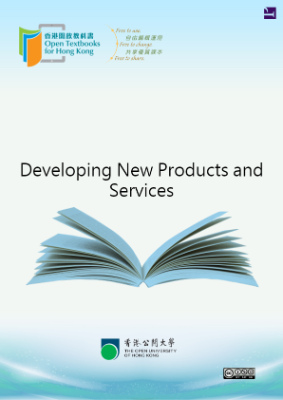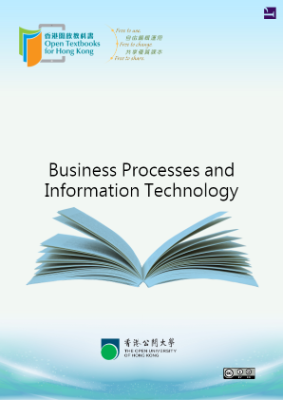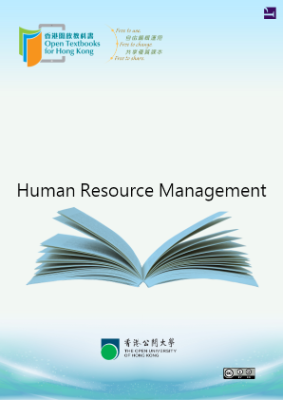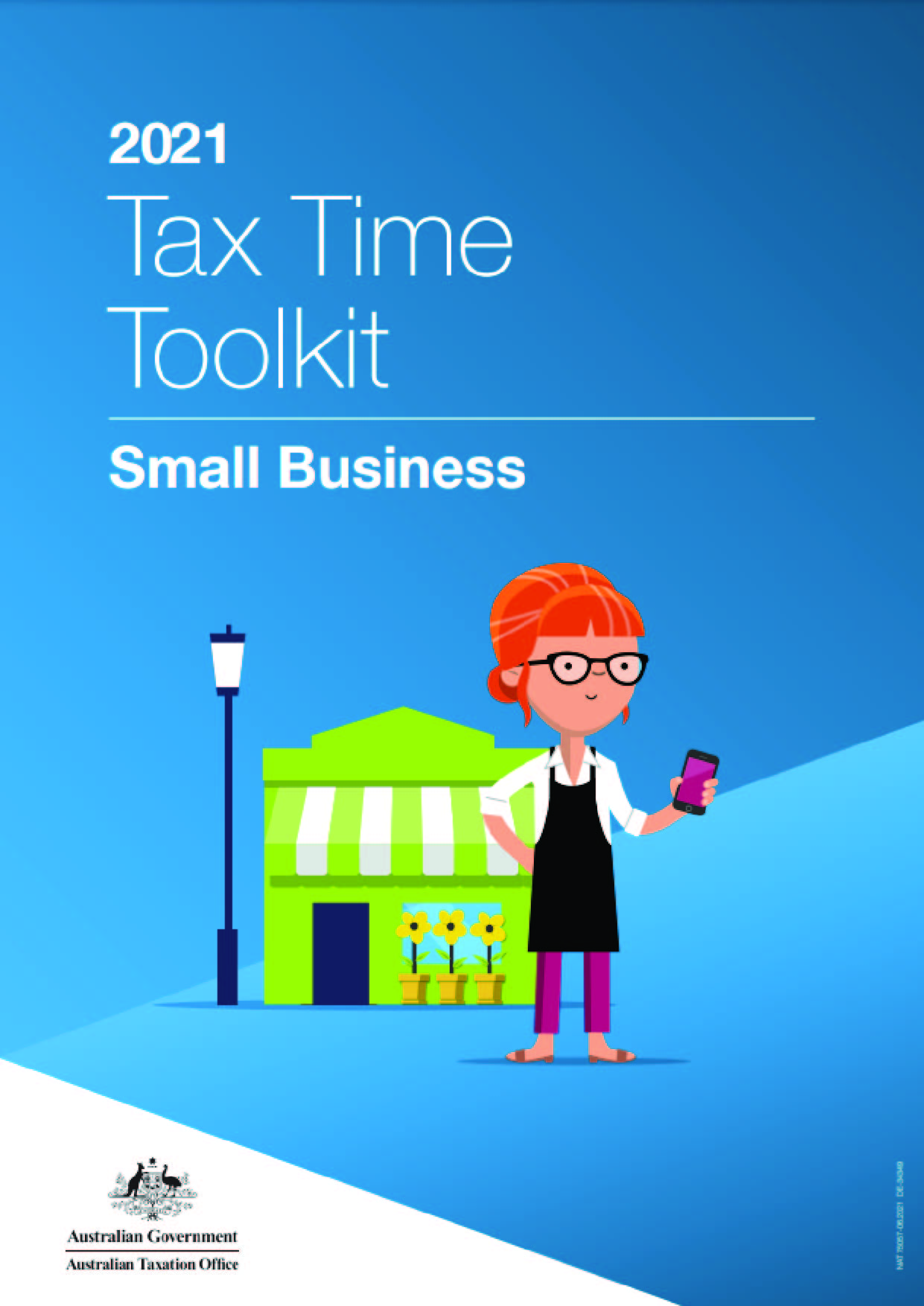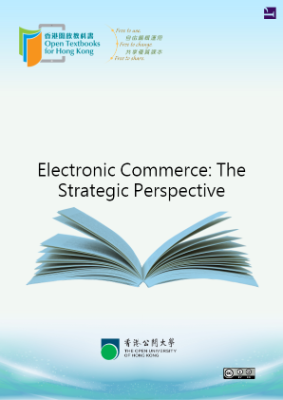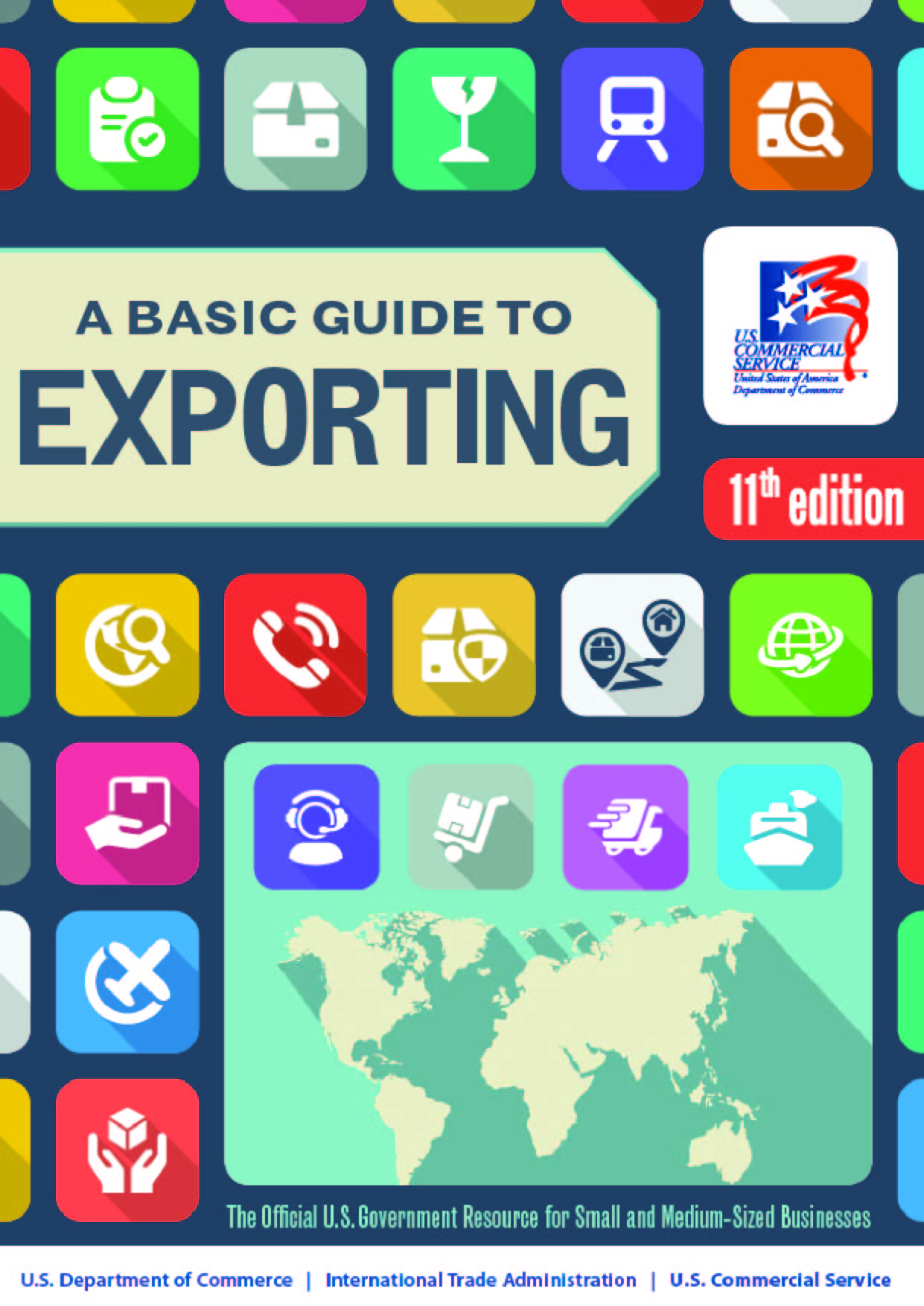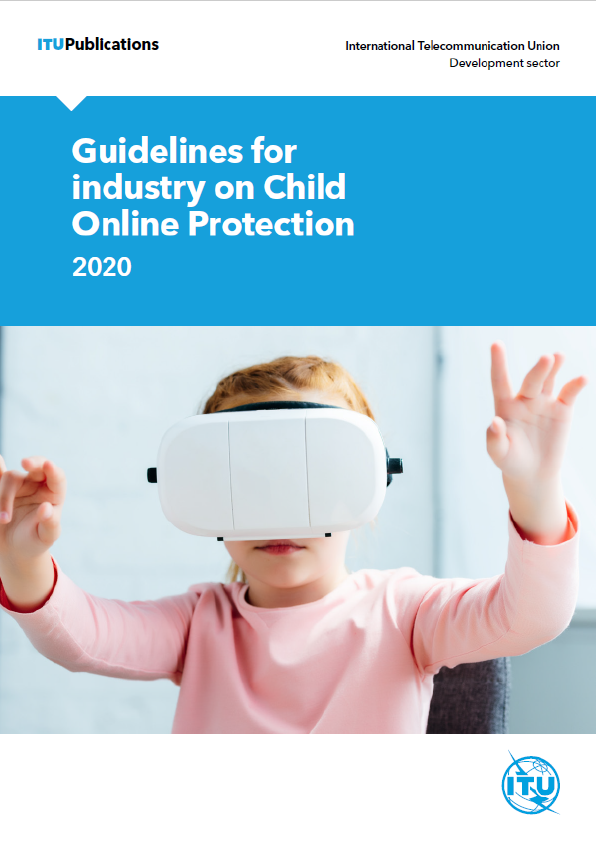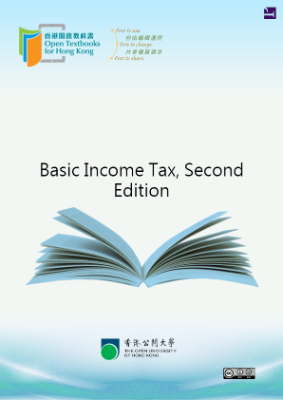A central theme of this book is that there is, or should be, a constant struggle going on in every organization, business, and system. The struggle is fueled by the dynamic tension that exists between delivering Midas feature-rich versions of products and services using extravagant engineering and delivering low-cost Hermes versions of products and services using frugal engineering (see the following figure). Midas versions are high-end products for nonprice-sensitive consumers. Hermes versions are for price-sensitive consumers. The results of this dynamic tension between Midas versioning and Hermes versioning are Atlas products and services. Atlas products and services are designed for mainstream consumers. Atlas products and services incorporate the product design features that will attract the broadest customer base and will also be profitable. The driving force behind the development of Midas, Atlas, and Hermes versions is driven by the implicit creative genius that everyone possess and most businesses should possess as they engage in continuous learning-about and learn-by-doing activities.
Anyone can learn how to be creative and innovative. Just work hard by learning about the problem, and then try to solve the problem by making or doing something. Not all systems and businesses can be creative and innovative. Some companies can work hard and they can learn about a problem but they cannot build and do things because they have lost the ability to do so. They have lost the ability to learn-by-doing.
The Dueling Mantras
Our primary mantra for a business is “differentiate through innovation or perish.” This is accomplished primarily through extravagant engineering and design and the construction of Midas versions. This is not an easy path to follow, because there is a natural tendency toward inertia and resting on one’s laurels. It is our assertion that creative and innovative business planning driven by learning-about and learning-bydoing leads to sustainable businesses. Our focus will be on the upfront activities and ideas for product and service differentiation that result in competitive products and services. They include the endless cycle of business planning, creative and innovative insight, learning-about, and learning-by-doing.
The second mantra of the entrepreneur is to “strive to reduce costs.” This is accomplished primarily through frugal engineering and design and the construction of Hermes versions. Some organizations have been overly enthusiastic in embracing this mantra. In some businesses, learning-by-doing has been abandoned in an attempt to dramatically cut costs and increase margins in the wake of intense international competition. But this has had a negative impact on the ability of many organizations to innovate, because many companies have lost the ability to exploit new knowledge and information when it becomes available. Many organizations have lost what is referred to as absorptive capacity. Absorptive capacity is the ability of a firm to “recognize the value of new information, assimilate it, and apply it to commercial ends.” It is the ability to apply previously gained knowledge and insight to understanding how new information and knowledge can be applied. Developing absorptive capacity is synonymous with developing insight. Insight is the ability to perceive complex situations, problems and opportunities clearly and deeply. Andy Grove, a past founder and CEO of Intel pegs the current situation perfectly:
